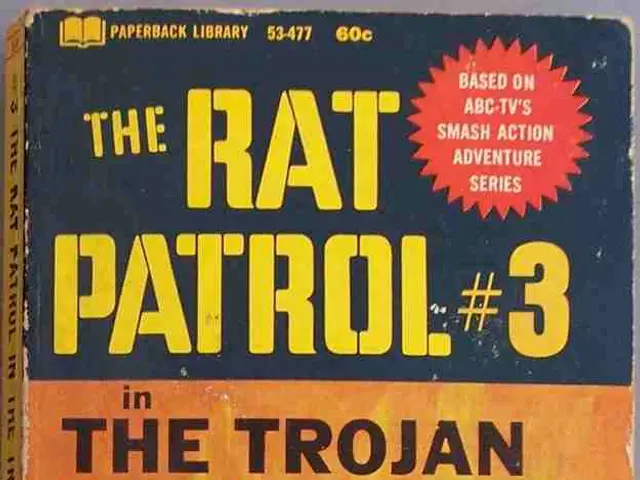Children's Financial Literacy: Key Offerings Visualized in an Infographic
In a concerted effort to equip the next generation with essential financial skills, various providers, associations, and financial service providers are working together to bring financial education to schools and homes across Germany.
The "Financial Education" initiative, spearheaded by politics, is addressing the topic of financial literacy for children and young people. This initiative is complemented by the efforts of organisations such as Kids Go Finance, Funny Money, the Germany Plus Foundation, the Financial Competence Academy, and the non-profit initiative for economic youth education, who regularly visit schools for project days and lectures.
These organisations aim to impart knowledge about money management, budgeting, and financial planning to the younger generation. The Financial Competence Academy, for instance, offers games and explanatory films about money through the Knax pocket money app from savings banks, helping families track pocket money and teaching children about money in a fun and interactive way.
Other providers, such as Finstep, offer lessons on finance and an expense and savings goal tracker. Finstep can be used as a standalone app or integrated by banks into their brand presence, providing a comprehensive financial education platform. Heroes Financial Education, another provider, offers apps designed for classroom and home use, with different programs for various age groups. These apps teach children and young people about handling money, from understanding the basics to learning about more complex topics like taxes, rent, and health insurance.
Cashless-Munich offers a game called "Money and Luck" to sensitise young people aged 14 and above to gambling topics, while the Future Day initiative, operating in the DACH region, imparts knowledge about finance, taxes, rent, and health insurance.
Bling provides a prepaid pocket money card for children aged 7 and above, introducing them to card payments, and Monkee published a search-and-find book about money. Many of these teaching materials are free of charge, making financial education accessible to all.
Banks like DKB and ING, as well as innovative fintech platforms beyond Comdirect, Commerzbank, and N26, are also involved in financial education for children and youth. Programs involving schools cooperating with banks, consumer centers, or digital tools and games also serve as providers for financial education.
In conclusion, the landscape of financial education for children and young people in Germany is diverse and growing, with a wide range of providers offering engaging and interactive resources to help the next generation make informed financial decisions.
Read also:
- Peptide YY (PYY): Exploring its Role in Appetite Suppression, Intestinal Health, and Cognitive Links
- Toddler Health: Rotavirus Signs, Origins, and Potential Complications
- Digestive issues and heart discomfort: Root causes and associated health conditions
- House Infernos: Deadly Hazards Surpassing the Flames








